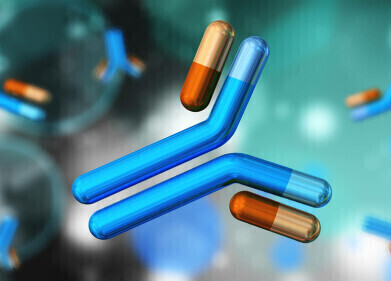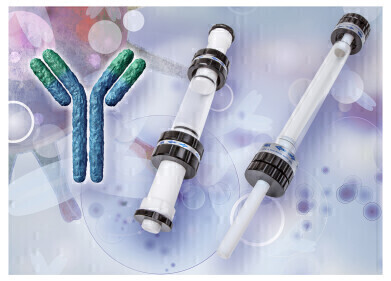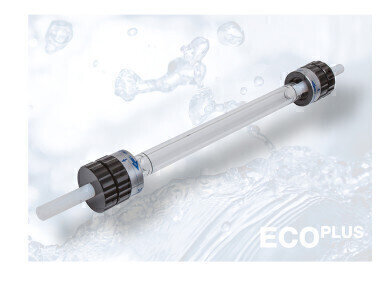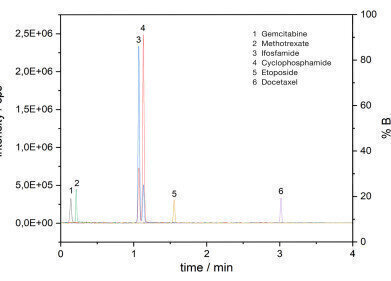Bioanalytical
MS reveals location of biologically active substances in malaria parasite
Jul 02 2010
While the three different forms of this protein are known, their biological functions have not been well understood, according to research published in Malaria Journal.
A team of scientists from France's National Natural History Museum, Eastern Virginia Medical School and the Munich Helmholtz Centre used mass spectrometry, immunofluorescence assays and cellular fractionations to examine the three versions of the parasite aminopeptidase.
They discovered that p120, the heaviest form of PfA-M1, can be detected in the parasitophorous vacuole and in the parasite itself, while p68 is only found in the parasite.
At the border of the parasitophorous vacuole, the p96 form, a transient version of the protein, can be detected and may be blocked using brefeldin A.
This is a lactone antibiotic produced by fungal organisms and typically used to study protein transport in biochemical research.
Events
May 18 2025 Tempe. AZ, USA
May 21 2025 Birmingham, UK
Jun 01 2025 Baltimore, MD, USA
Jun 15 2025 Bruges, Belgium
Jul 14 2025 Kuala Lumpur, Malaylsia














